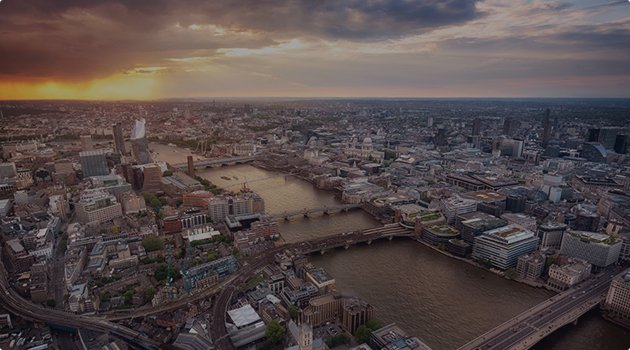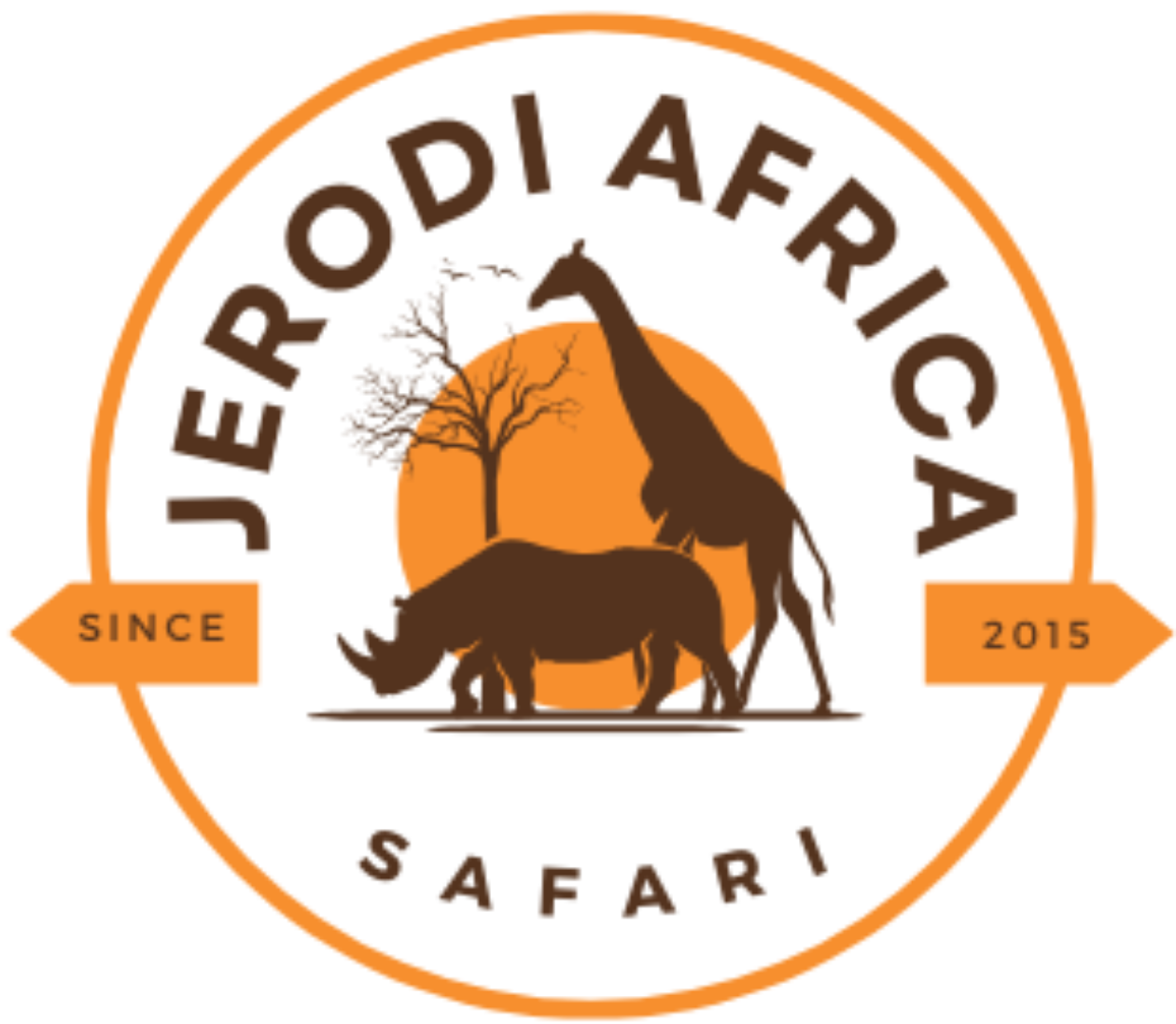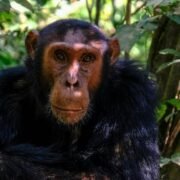
Giraffes in Uganda – Species, Behavior, and Where to See Them

Giraffes in Uganda are among the most iconic wildlife species gracing the savannah landscapes of East Africa. Known for their extraordinary height, calm demeanor, and unique walking style, these gentle giants are a highlight for many safari-goers. In this guide, we explore the different giraffe species in Uganda, their physical traits, behavior, feeding patterns, conservation status, and where you can spot them during your Uganda safari adventure.
Rothschild’s Giraffes in Uganda – The Unique Species You’ll Find
Uganda is home to the Rothschild’s giraffe (Giraffa camelopardalis rothschildi), also known as the Nubian giraffe. This species is among the rarest giraffes in the world. In fact, it was once classified as critically endangered, with fewer than 300 individuals remaining.
What makes them unique? For starters, Rothschild’s giraffes have light-colored patches and lack markings below the knees—giving the appearance of wearing white stockings. Moreover, they are taller than most other giraffe subspecies and tend to be more sociable.
Physical Features and Lifespan of Uganda’s Giraffes
Giraffes in Uganda are the tallest land mammals, with males reaching up to 5.5 meters (18 feet) and females about 4.5 meters (15 feet). They typically weigh between 800 to 1,200 kilograms.
Despite their size, giraffes have only seven neck vertebrae, just like humans—though each vertebra is much longer. Their average lifespan in the wild ranges from 20 to 25 years, although they may live longer in protected environments.
Feeding Habits and Diet of Giraffes in Uganda
Giraffes in Uganda are browsers, not grazers. They primarily feed on leaves, shoots, and flowers from tall trees, especially acacia, combretum, and terminalia species. Their long, prehensile tongues, which can reach up to 45 cm, allow them to strip leaves efficiently—even from thorny branches.
In addition, giraffes consume about 34 kilograms of vegetation per day, and they can go for several days without water, as they derive much of their hydration from plant matter.
Necking, Mating, and Gestation in Rothschild’s Giraffes
Giraffes do not have a strict breeding season, but mating often coincides with the rainy season when food is abundant. Males engage in a dramatic behavior known as necking—a ritual combat where two males swing their necks and heads at each other to establish dominance and mating rights.
The gestation period for a giraffe is about 15 months (450 days). Typically, only one calf is born per pregnancy, and it can stand and walk within a few hours of birth. Calves are around 1.8 meters tall at birth and are weaned at about 9–12 months.
Social Behavior and Group Dynamics of Giraffes in Uganda
Giraffes are non-territorial and often form loose herds of up to 20 individuals, though larger groups may form around water sources. Their groups are fluid, with individuals coming and going without much aggression.
They communicate through low-frequency vocalizations, grunts, and sometimes even humming at night. Despite their size, giraffes are generally peaceful and docile, though males can become aggressive during necking bouts.
Where to See Giraffes in Uganda
1. Murchison Falls National Park
This is the best place to see Rothschild’s giraffes in Uganda. The park hosts over 1,500 giraffes, mostly concentrated on the northern bank of the Nile.
2. Kidepo Valley National Park
Known for its remote beauty, Kidepo is home to a growing giraffe population, offering excellent photography and birdwatching opportunities along with giraffe sightings.

3. Lake Mburo National Park
Although not traditionally a giraffe habitat, recent translocation efforts have introduced giraffes into this park to aid in ecological balance and promote tourism.
These parks are ideal habitats due to their open savannahs and acacia woodlands, which provide ample food and space for giraffes to roam freely.
Conservation Efforts and Population
According to the Giraffe Conservation Foundation (GCF), the Rothschild’s giraffe population was once critically endangered, with fewer than 300 individuals remaining in the wild. Thanks to conservation initiatives in Uganda, the population has now rebounded to over 2,500.
Major conservation actions include:
- Translocation of giraffes to safe zones like Lake Mburo.
- Anti-poaching patrols and ranger support.
- Community sensitization and eco-tourism awareness.
Moreover, Uganda Wildlife Authority (UWA) and international NGOs like GCF continue to monitor giraffe populations, ensuring their survival in the wild.
Safety: What to Do if a Giraffe Charges
Though giraffes are rarely aggressive, they can charge if they feel threatened, especially if protecting a calf. If a giraffe charges:
- Stay calm and do not run: Sudden movement may escalate the situation.
- Avoid direct eye contact: This can be seen as a challenge.
- Slowly back away to give the animal space.
- Seek refuge behind a vehicle or tree, if nearby.
Importantly, never approach giraffes too closely during a walking safari. Always maintain the minimum recommended distance of 50 meters and follow your guide’s instructions.
Why Giraffes Matter in Uganda’s Ecosystem
Giraffes are not just safari stars—they play a vital role in the ecosystem. By browsing high tree canopies, they help with plant regeneration and seed dispersal, thus maintaining savannah health.
Additionally, their presence supports eco-tourism, which in turn funds park conservation, community development, and wildlife research.
Final Thoughts
Therefore, Giraffes in Uganda are a success story of conservation, resilience, and natural wonder. Whether you’re a seasoned wildlife lover or a first-time visitor, seeing these towering animals in the wild is an unforgettable experience. Through responsible tourism and conservation support, we can ensure giraffes remain a majestic symbol of Uganda’s wild heart for generations to come.
So, to book your Uganda giraffe safari today request your free quote now from Jerodi Africa Safari and encounter the towering beauty of nature face-to-face.
📩 Email: info@jerodiafricasafari.com | 📞 WhatsApp: +256764152556
Recent Posts
Hartebeest vs Topi in Uganda: Species, Parks & Key Differences
Mountain Gorillas and Chimpanzees in Uganda
Monkeys in Uganda: Species, Parks & Safari Guide
Tags

Thailand




